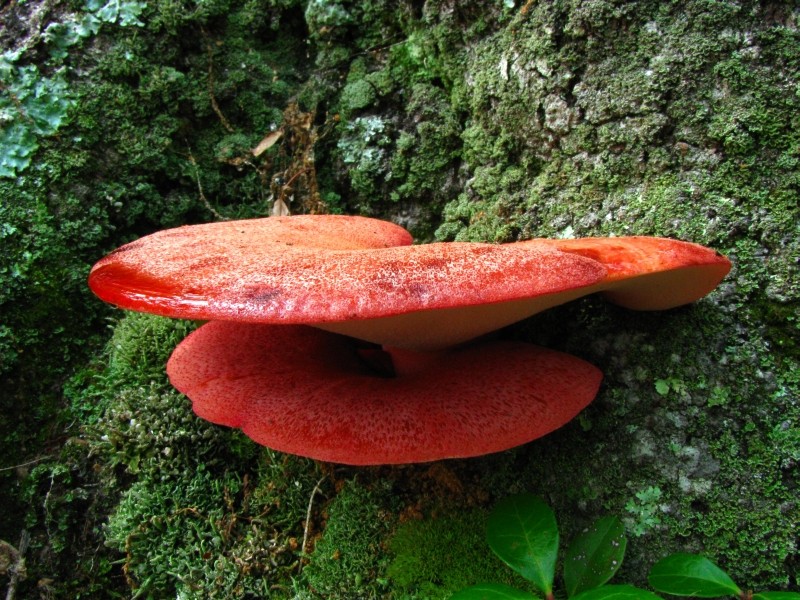Fistulina
Scientific name: Fistulina
Fistulina
Scientific name: Fistulina
 Photo By Dan Molter , used under CC-BY-SA-3.0 /Cropped and compressed from original
Photo By Dan Molter , used under CC-BY-SA-3.0 /Cropped and compressed from original Description
Fistulina is a fascinating group of fungi known for their unique beefsteak-like appearance, with vibrant red coloring that can resemble meat. They often grow on oak trees, where they develop into large, fleshy structures. Unlike many fungi, fistulina has a porous underside rather than gills. These fungi play a significant role in forest ecosystems, as they help decompose wood and contribute to nutrient cycling.
Species of Fistulina
Scientific Classification
Phylum
Club fungi Class
Mushroom-forming fungi Order
Gilled fungi Family
Fistulinaceae Genus
Fistulina